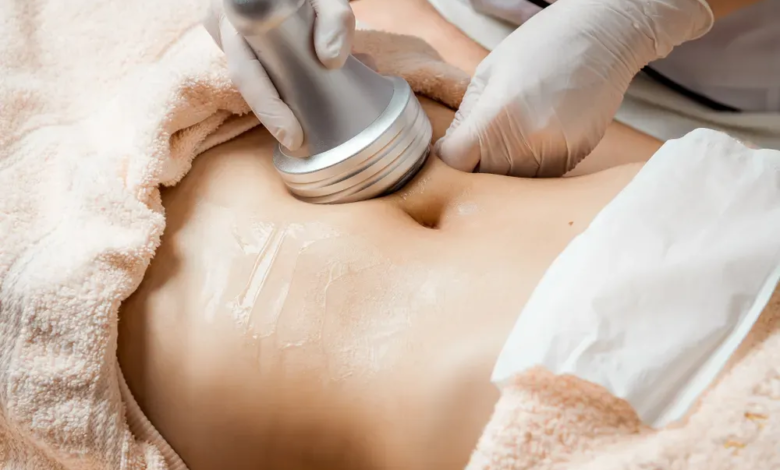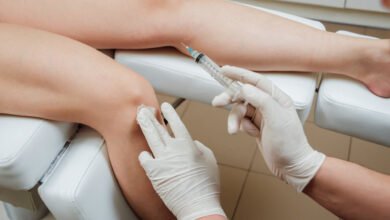
Understanding Laser Liposuction
How Laser Liposuction Works
The procedure involves the use of a laser fiber inserted through a small incision in the targeted area. The laser energy melts the fat, which is then either suctioned out or absorbed by the body over time. This process not only removes unwanted fat but also stimulates collagen production, resulting in firmer and tighter skin. The treatment is performed under local anesthesia, allowing for a comfortable experience with minimal downtime.
Ideal Candidates for Laser Liposuction
This body contouring treatment is best suited for individuals who struggle with stubborn fat pockets that do not respond to regular exercise and a balanced diet. It is important to have a stable weight and realistic expectations regarding the results. People looking for a non-surgical way to refine their body shape without extensive recovery time often find this procedure beneficial.
Areas That Can Be Treated
Laser liposuction can effectively target various body areas, including:
- Abdomen and Waist – Helps in achieving a slimmer waistline.
- Thighs and Hips – Reduces fat deposits for better leg definition.
- Arms and Back – Eliminates unwanted fat for a toned upper body.
- Chin and Neck – Improves jawline contours and eliminates double chin.
Advantages of Laser Liposuction
Minimally Invasive Procedure
Laser liposuction requires only small incisions, leading to less trauma and faster healing. Unlike traditional methods, it does not involve aggressive suction techniques, making it a more comfortable experience.
Enhanced Skin Tightening
One of the major benefits of laser-assisted liposuction is its ability to promote collagen production. This results in improved skin elasticity, preventing sagging and leaving a firm appearance.
Quick Recovery Time
Since the treatment is minimally invasive, recovery is relatively swift. Most individuals can resume their daily activities within a short period, making it a convenient choice for those with busy lifestyles.
Long-Lasting Results
With proper maintenance, the results of laser liposuction can be long-lasting. A healthy lifestyle, including regular exercise and a nutritious diet, ensures that the sculpted body remains in shape for years.
What to Expect Before and After the Procedure
Preparing for the Treatment
Before undergoing laser liposuction, a consultation is necessary to determine the suitability of the procedure. Pre-treatment guidelines may include staying hydrated and avoiding certain substances that can affect the healing process.
The Recovery Phase
Post-procedure, mild swelling and discomfort might be present, but these subside within a few days. Wearing compression garments as recommended helps in shaping the treated areas and supports faster healing. Individuals are usually advised to avoid intense physical activities for a short period to ensure smooth recovery.
Frequently Asked Questions (FAQs)
Is Laser Liposuction a Weight Loss Procedure?
No, laser liposuction is designed for body contouring rather than weight loss. It is ideal for individuals who have localized fat deposits that are resistant to diet and exercise.
How Soon Can I See the Results?
Visible results typically appear within a few weeks, with final results becoming more prominent as the body gradually processes and eliminates the melted fat.
Is the Procedure Painful?
Since local anesthesia is used, discomfort during the procedure is minimal. Any post-treatment soreness is usually mild and manageable.
Can the Fat Return After Laser Liposuction?
Maintaining a balanced lifestyle is crucial for preserving results. While the treated fat cells are permanently removed, gaining weight can lead to fat accumulation in other areas.
Who Is Not Suitable for Laser Liposuction?
It is not recommended for individuals with significant weight fluctuations or those looking for a major weight loss solution. Consulting a professional is essential to determine if the procedure aligns with individual goals.



